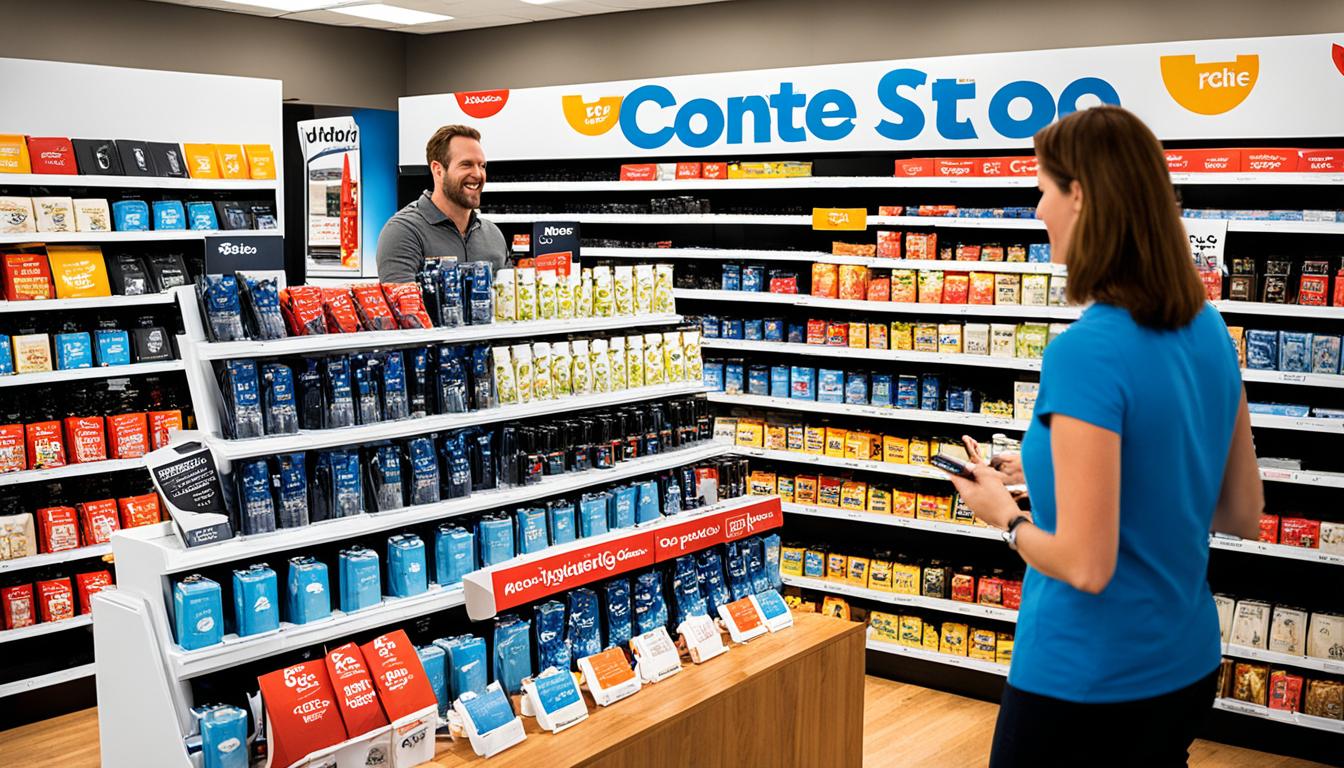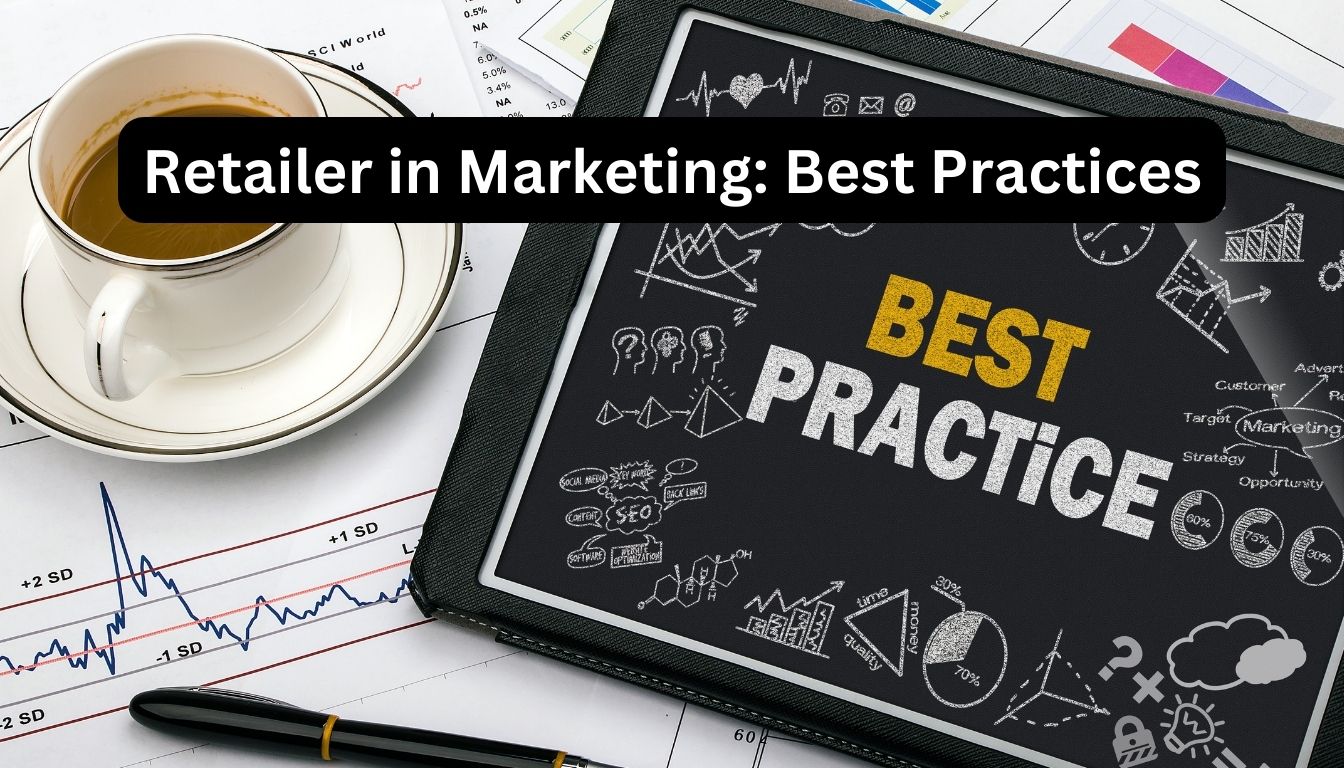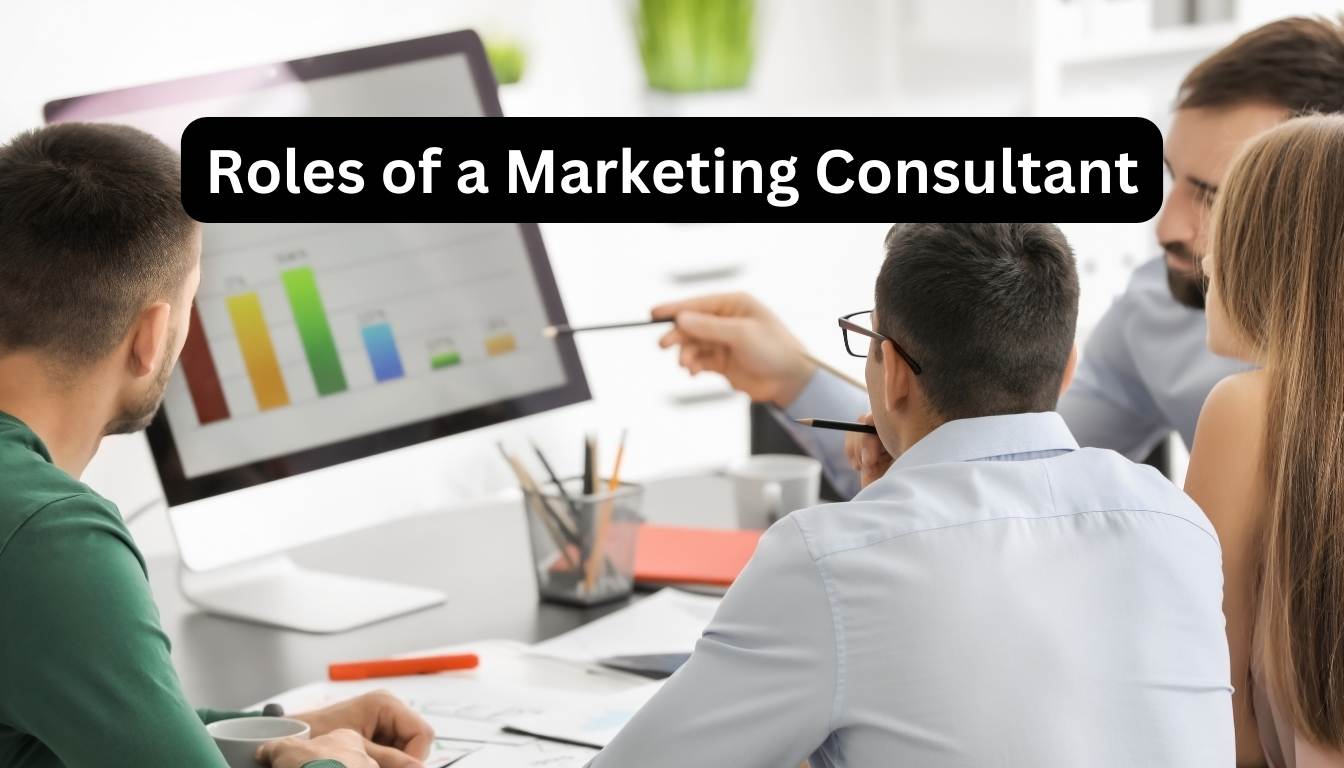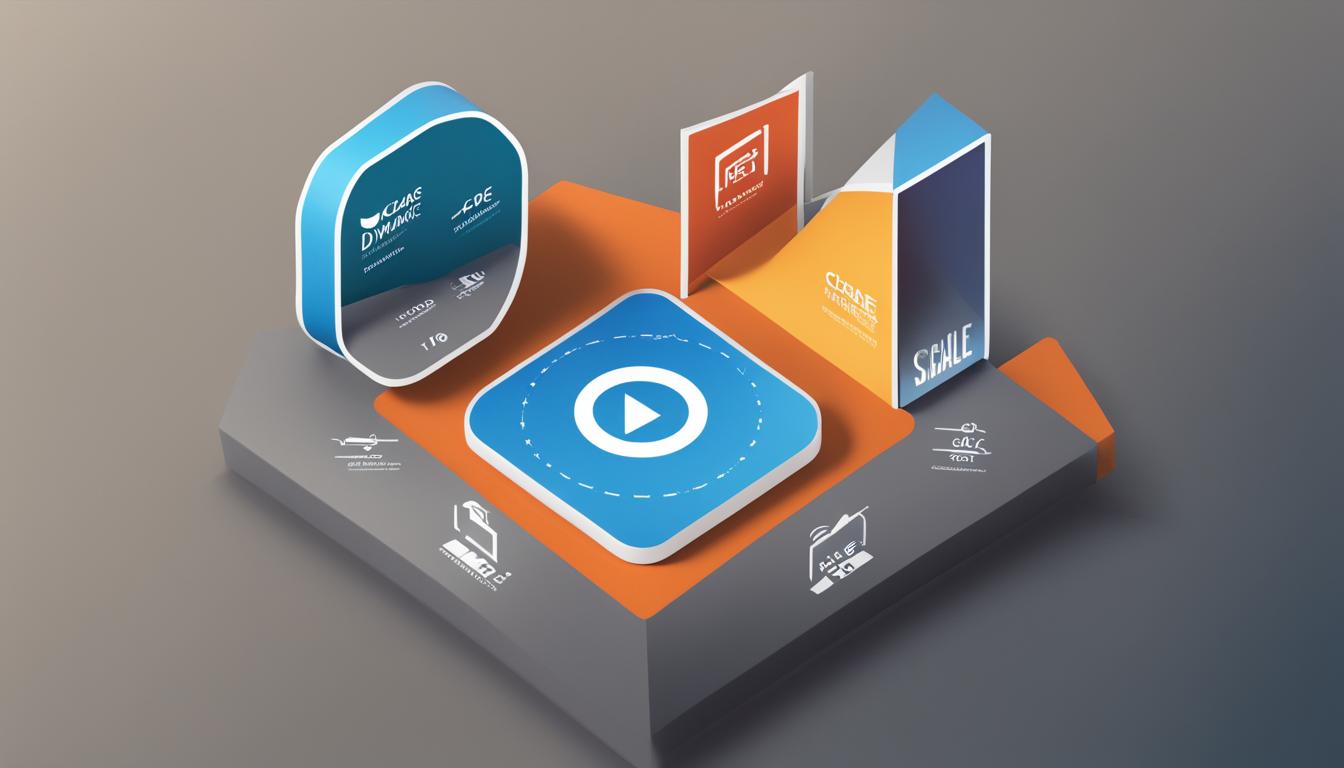Full-funnel marketing is about covering every step of the customer’s journey. It includes generating leads, improving conversion rates, and automating marketing. With approaches like multi-channel and inbound marketing, businesses can boost their sales funnel effectively.
This guide explores full funnel marketing with real-world examples. It’s useful whether you’re just starting or aiming to improve your marketing strategies. Learn practical tips to meet your marketing aims.
Key Takeaways:
- Full-funnel marketing covers all stages of the customer journey, from awareness to consideration to conversion.
- By adopting a full-funnel strategy, businesses can increase brand recognition, generate more leads, and improve conversion rates.
- Customer journey mapping, lead generation tactics, conversion rate optimization, marketing automation, and sales funnel optimization are crucial elements of full-funnel marketing.
- Multi-channel marketing and inbound marketing strategies play a significant role in targeting potential buyers across different channels.
- An effective full-funnel strategy requires personalized content creation for each stage of the marketing funnel.
The Importance of Full-Funnel Marketing
Today, businesses face fragmented customer journeys. They need a full-funnel marketing approach to connect with customers effectively. Customers now interact with many channels at once. It’s key to target them at each stage of the marketing funnel.
The top of the funnel is about making people aware of your brand. Companies create attractive content, use social media, and advertise well. This helps businesses stand out and prepares people for future connections.
In the funnel’s middle, the aim is to stand out from the competition. This part is essential for keeping leads interested. Companies provide helpful content, comparisons, and testimonials. This builds trust and makes companies the top choice for consumers.
At the bottom, the aim is to get people to buy. This is when companies work to change leads into customers. They use targeted ads, personalized emails, and special deals. This makes buying easy and tempting, helping to seal the deal.
A complete marketing strategy touches customers at every decision-making point. By reaching out at the best times, through the right channels, companies can turn leads into faithful customers. This thorough approach helps companies grow over time.
| Stage | Objective | Strategies |
|---|---|---|
| Top of the Funnel | Build brand awareness | Create engaging content, leverage social media, implement targeted advertising |
| Middle of the Funnel | Generate consideration | Provide valuable content, educate potential customers, differentiate from competitors |
| Bottom of the Funnel | Drive purchase and conversion | Implement retargeting campaigns, personalized email marketing, offer incentives |
Understanding the Customer Journey
Understanding the customer journey is key in marketing. Every customer’s journey is different due to unique choices and behaviors. By learning about this journey, companies can fine-tune their marketing to reach potential customers better.
The Awareness Stage:
During the awareness stage, people start to notice a brand or product. They might be looking for solutions to a problem. Companies can grab their interest with educational content like blog posts, social media, and informative videos.
The Consideration Stage:
In the consideration stage, customers are digging deeper. They’re comparing various products or services. It’s important for businesses to give detailed information that answers their questions. This might include guides, reviews, and testimonials.
The Purchasing Stage:
At the purchasing stage, customers decide and buy. Businesses should make buying easy and straightforward. This means clear info, simple checkout, and open pricing. Making this stage smooth can boost sales and keep customers coming back.
Companies can use different strategies and channels to connect with customers at each stage. Methods like content marketing, social ads, email campaigns, and personal recommendations work well. By aligning marketing efforts with the customer journey stages, businesses have a better shot at success.
Key Takeaways:
- No two customer journeys are the same, as individuals have unique preferences and decision-making processes.
- The awareness stage is where customers discover and learn about a brand or product.
- The consideration stage involves active research and comparison of different options.
- The purchasing stage is where customers make their final decision and complete a purchase.
- Businesses must tailor their marketing efforts to each stage of the customer journey for maximum effectiveness.
Reaching More Shoppers with a Full-Funnel Strategy
A full-funnel strategy helps businesses reach more shoppers. They use different marketing ways to target customers at various buying stages. This approach creates a smooth customer experience and boosts success chances.
In this strategy, attention is on reaching customers early and late in their shopping journey. For the early stage, strategies aim at making people aware of the brand. They use content marketing, social media, and influencer partnerships.
The late stage focuses on getting customers to buy. Tactics like personalized emails, retargeting ads, and product demos are used here. These methods help motivate customers to make a purchase.
Using a multichannel marketing plan helps businesses connect with customers in many ways. They use online methods like social media, search engines, and ads. Traditional ways like TV, radio, and print are also useful.
By connecting with customers through their whole journey and on many channels, companies can improve customer engagement. This helps establish loyalty to the brand and increases success chances.
A full-funnel strategy involves using targeted ads, personalized emails, and interactive experiences. It offers a well-rounded marketing approach that reaches the entire customer journey. By engaging with customers at every funnel stage and providing a consistent experience, companies can create lasting relationships and boost sales.
The Role of Amazon Ads in Full-Funnel Marketing
Amazon Ads is crucial for full-funnel marketing thanks to its broad reach. It uses Amazon’s services to connect with customers daily. This way, companies can talk to potential buyers at every step of their journey.
Businesses can hit various touchpoints with Amazon Ads. Think about looking up reviews, streaming movies, or shopping. It covers the whole customer cycle, from getting to know a product to buying it.
Using Amazon Ads, businesses tap into a huge audience. They can find customers who are just learning about products or ready to buy. Amazon Ads helps reach people at the perfect time.
Besides, Amazon focuses on the customer. This lets businesses create ads that feel personal and relevant. By knowing what customers like, companies can make their marketing better. They can show ads that truly speak to people.
Benefits of Using Amazon Ads in Full-Funnel Marketing
Amazon Ads boosts full-funnel marketing in many ways:
- Expanded Reach: Amazon’s vast customer base helps businesses reach more people and spread their brand.
- Targeted Advertising: Thanks to Amazon’s data, companies can aim their ads at specific groups. This makes ads more engaging and relevant.
- Customer Trust: Using Amazon’s trusted name makes brands seem more reliable. This can convince more customers to choose their products or services.
- Increased Conversions: By being there at different stages of the shopping journey, businesses can lead customers to buy. This can mean more sales and profit.
Amazon Ads and full-funnel marketing work together to smooth out the customer’s journey. They help businesses do better marketing and achieve great results every step of the way.
Five Steps to Building an Effective Full-Funnel Strategy
For businesses, having an effective full-funnel strategy is key. It helps with their marketing efforts and drives results at every customer stage. You can boost shop readiness, connect with buyers, be a top choice in your field, and make people know about your brand. Here are the main steps to creating a powerful full-funnel strategy:
-
Ensure Retail Readiness
To start, make sure your products are ready for retail. This means your product details should be clear and enticing, with top-notch images, fair prices, and good reviews. Getting your product listings right increases your chances to attract and convert visitors.
-
Reach Shoppers Who Are Most Likely to Convert
Finding and targeting the right audience is vital. Use strategies like ads for products and remarketing to connect with interested shoppers or those ready to buy. This approach helps convert potential customers more effectively, offering a better return on your investment.
-
Stand Out in Your Category
In a crowded market, being different is crucial. Use targeted ads to make your brand more visible and appealing. Standing out draws shopper interest, enhancing your brand’s recognition.
-
Build Brand Awareness
Raising your brand’s profile is key to any strategy. Engage and inform with tools like video ads and branding campaigns. Greater awareness builds trust, making customers more likely to buy from you.
-
Monitor Performance and Optimize
Keep an eye on how your strategy is doing and tweak it as needed. Track metrics like click-through and conversion rates. Adjust your approach based on what the data tells you. Regular optimization leads to a more effective strategy and better outcomes.
Following these strategies will help you craft a successful full-funnel approach. It ensures product readiness, targets likely buyers, differentiates your brand, and increases awareness. Guiding customers through the funnel effectively can boost engagement, conversion, and business success.
The Three Stages of the Marketing Funnel
The marketing funnel has three key parts: top, middle, and bottom. Knowing these parts helps create strong marketing plans. It keeps customers engaged from start to finish.
1. Top of the Funnel:
The top is about making people aware of your brand. Here, the aim is to spread the word and reach more people. Methods used include:
- Inbound marketing techniques
- Content marketing campaigns
- Search engine optimization (SEO)
- Social media marketing
2. Middle of the Funnel:
This stage is where people consider their choices. They look into what they need in detail. The goal here is to keep in touch and share helpful info. Ways to do this are:
- Email marketing campaigns
- Educational content creation
- Webinars and online demos
- Customer testimonials and case studies
3. Bottom of the Funnel:
Now, we’re at the conversion stage. This is where decisions are made, and purchases happen. The focus is on making the buying process easy and appealing. Techniques include:
- Remarketing and retargeting campaigns
- Personalized offers and discounts
- Product demonstrations or trials
- Customer reviews and ratings
By moving customers through each funnel stage well, businesses improve their chances of making sales.
The Buyer’s Journey and the Marketing Funnel
The buyer’s journey is crucial in the marketing funnel. It has three stages: awareness, consideration, and decision. These stages help customers move closer to buying. Knowing this journey and matching it with your marketing can boost your sales chances.
In the awareness stage, people start noticing a brand. Businesses work on getting noticed through content marketing, social media, and SEO. These methods help attract and engage potential customers.
Next, in the consideration stage, customers look at their choices. They compare brands to decide what’s best. Businesses can stand out by providing helpful content, webinars, and one-on-one consultations. These actions can guide customers in their decision-making.
Then comes the decision stage. Customers are ready to buy after gathering information. Businesses should make buying easy and smooth here. Using retargeting ads, email marketing, and live demos can help seal the deal.
Matching the buyer’s journey with the marketing funnel benefits businesses. It leads to a focused and complete marketing strategy. This means the right messages reach the right people at the perfect time. Understanding and using the buyer’s journey can increase sales and grow your business.
Top-of-the-Funnel Marketing Strategies
Building brand awareness is key in getting noticed by potential customers. Top-of-the-funnel marketing is essential for this. It uses methods like content marketing and social media to reach many people and mark a spot in the market.
Content marketing sits at the top of our plan. It’s about making and sharing stuff that helps and interests potential customers. This includes blog posts, articles, eBooks, and videos. Content marketing helps businesses offer value, show they’re leaders, and get people interested in what they have to offer.
Social media marketing is also vital. Businesses use platforms like Facebook, Instagram, Twitter, and LinkedIn to find potential customers. It helps with ads, making engaging content, and talking to customers. This builds a strong brand.
Using both content and social media marketing together is powerful. Content grabs potential customers’ attention. Social media spreads the content further. This mix is great for making the brand known, piquing interest, and pulling in more people.
The main goal is to make potential customers notice and become interested in the brand or product. With the right content and social media strategies, businesses lay a solid groundwork. This foundation supports all their marketing efforts.
Benefits of Top-of-the-Funnel Marketing Strategies:
- Increased brand awareness
- Broad audience reach
- Establishment of a strong brand presence
- Opportunity for customer engagement and interaction
| Top-of-the-Funnel Marketing Strategies | Benefits |
|---|---|
| Content Marketing | Positions the brand as an industry leader Provides value to the audience Spark interest and curiosity in the brand or product |
| Social Media Marketing | Expands brand visibility Targeted advertising opportunities Facilitates customer interaction and engagement |
Middle-of-the-Funnel Marketing Strategies
At the middle of the funnel, businesses work on connecting with potential customers. The goal is to help them make informed decisions. Key strategies include educational content and email marketing campaigns.
Educational Content
Educational content helps engage potential customers during the consideration stage. It’s not just about promoting products but providing valuable insights. This can be through blog posts, articles, e-books, or how-to guides.
Such content tackles customer challenges, establishing businesses as industry experts. This boosts credibility and keeps people interested.
A skincare company might explain different skin types, common issues, and effective routines. This gives potential customers the knowledge to choose products wisely.
Email Marketing Campaigns
Email marketing is crucial for keeping in touch with potential customers. It lets businesses send personalized messages and share more educational content or product details.
To make email marketing effective, segment the email list. Base this on customer interests or actions on the website. This makes messages more targeted and likely to engage.
Imagine an e-commerce site sending emails about a specific product category to interested customers. These emails might include product recommendations, reviews, and educational content. This guides potential customers to a purchase decision.
| Educational Content | Email Marketing Campaigns |
|---|---|
| Provides valuable information | Delivers personalized messages |
| Establishes credibility and trust | Targets specific customer segments |
| Keeps potential customers engaged | Guides customers through the consideration stage |
By using educational content and email marketing, businesses can nurture potential customers effectively. These strategies provide valuable information and create a personalized experience. This improves the chances of turning potential customers into actual buyers.
Bottom-of-the-Funnel Marketing Strategies
In the bottom-of-the-funnel stage, or the conversion stage, businesses aim to turn potential customers into paying ones. This key stage is when customers are ready to buy. It’s crucial to offer them the right incentives and info to boost conversions.
Retargeting is an effective way to connect with customers who showed interest before. With targeted ads, you can remind them why they were interested in the first place. This method keeps your brand in their mind and boosts the chances of them making a purchase.
Email marketing is a great tool at this stage. By sending personalized emails, businesses can reach potential customers with special offers and product suggestions. This type of marketing fosters direct communication. It also builds trust and loyalty with customers.
Live demos offer a unique way to show what your product or service can do. They let potential customers interact and see how you can solve their problems. Live demos increase trust in your brand and encourage purchases by showcasing your product’s benefits.
Using these strategies – retargeting, email marketing, and live demos – can make a big difference. They can turn potential customers into happy buyers. These techniques help clear any last doubts and give that final nudge needed for people to buy.
This image highlights how crucial bottom-of-the-funnel marketing strategies are. They play a big role in driving sales and closing deals. It shows the effectiveness of strategies like retargeting, email marketing, and live demos.
Conclusion
Using a full-funnel marketing strategy is key for boosting customer journey and increased conversions. It’s about knowing the stages of the marketing funnel and matching efforts with the buyer’s path. This way, companies can connect with customers at every step, leading them to buy.
Full-funnel marketing creates a smooth and complete experience for customers. This approach leads to better leads and more sales.




